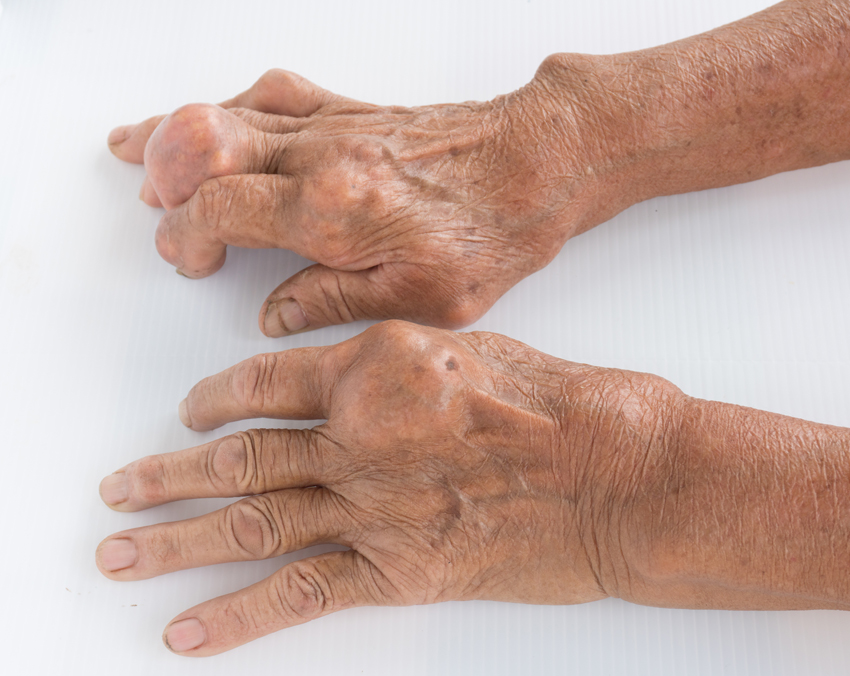Gout Linked to Increased Risk for Erectile Dysfunction

Patients with gout may be at an increased risk for erectile dysfunction, according to findings published in the Journal of Rheumatology.
“In our previous work, we found that [erectile dysfunction] is common in gout patients,” Naomi Schlesinger, MD, of the Rutgers Robert Wood Johnson Medical School, told Healio Rheumatology. “A significantly greater proportion of patients with gout had [erectile dysfunction] vs. patients without gout. A significantly greater proportion of patients with gout had severe [erectile dysfunction] vs. patients without gout. [Erectile dysfunction] is an independent predictor of future cardiovascular events and is significantly more common in patients with a higher disease burden.”
To analyze the association between gout and the risk for erectile dysfunction, Schlesinger and colleagues conducted a cohort study using data from The Health Improvement Network (THIN), which contains electronic medical records for 11.1 million patients, including 3.7 million active patients, from 562 general practices in the United Kingdom. The network includes anonymous data on prescriptions and various patient characteristics, such as height, weight, blood pressure, smoking status and laboratory test results.

The researchers included in their study 38,438 patients with gout who had an index date that occurred after their initial entry into the health network. The patients with gout were matched to 154,332 men without gout based on age, enrollment time and BMI. After excluding all cases with prevalent erectile dysfunction at baseline, the researchers defined their primary outcome as the first recorded new diagnosis of erectile dysfunction.
In addition, they calculated multivariate hazard ratios for erectile dysfunction, adjusting for smoking, alcohol consumption, comorbidities and medication.
According to Schlesinger and colleagues, there were 2,290 new cases of erectile dysfunction among patients with gout (11.9 per 1,000 per-years), and 8,447 (10.5 per 1,000 person-years) cases among participants in the matched cohort, throughout a 5-year median follow-up period. The univariate — matched for age, enrollment time and BMI — hazard ratio for erectile dysfunction among patients with gout was 1.13 (95% CI, 1.08-1.19). The multivariate hazard ratio was 1.15 (95% CI, 1.09-1.21). In a sensitivity analysis, the researchers found that, after restricting gout cases to the 27,718 receiving anti-gout treatment, the magnitude of relative risk was stronger than the primary analysis (multivariate HR = 1.31; 95% CI 1.23–1.39).
“In this study, we confirmed in a population study what I found in my clinic patients,” Schlesinger said. “A man with [erectile dysfunction], even with no cardiac symptoms, is a cardiac patient until proven otherwise. In addition, patients often do not volunteer sexual complaints. Therefore, men with gout should be screened for [erectile dysfunction]. – by Jason Laday
Disclosure: Schlesinger reports no relevant financial disclosures. Please see the study for all other authors’ relevant financial disclosures.
